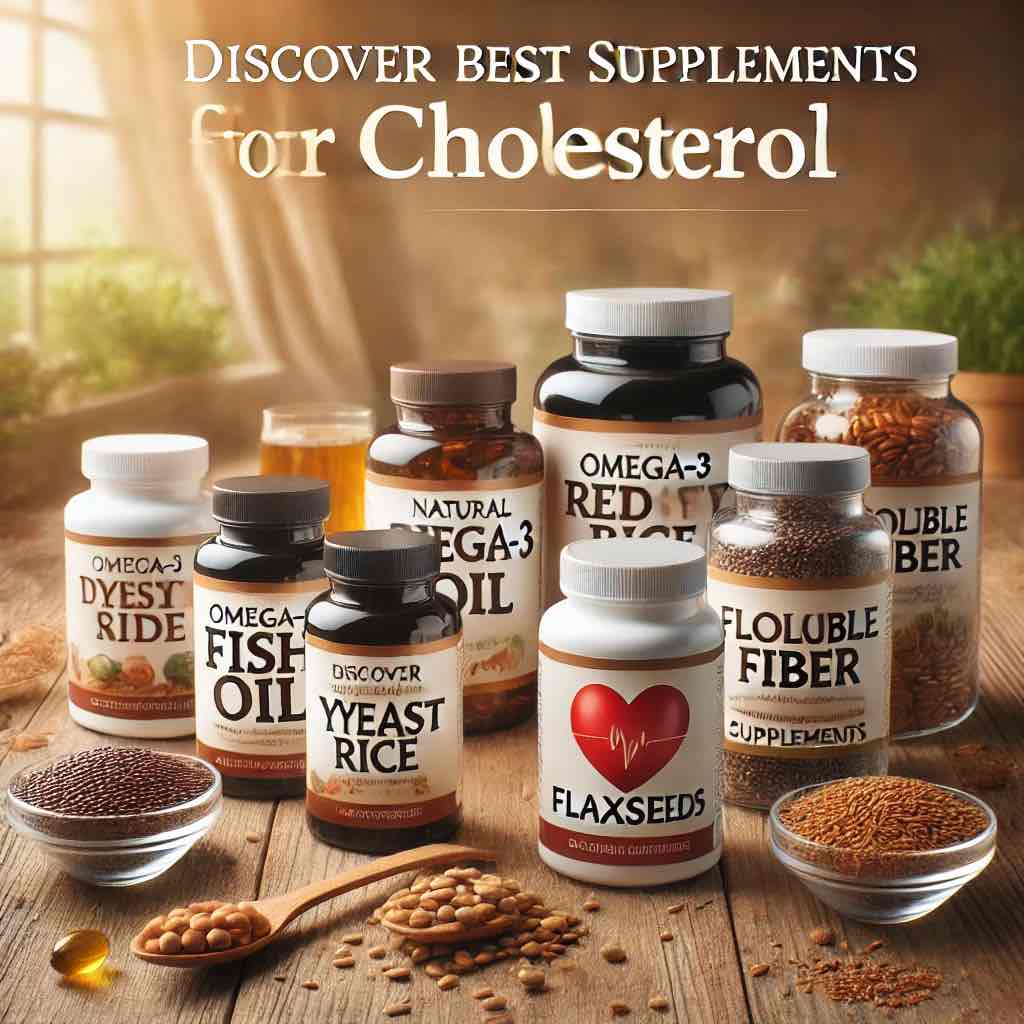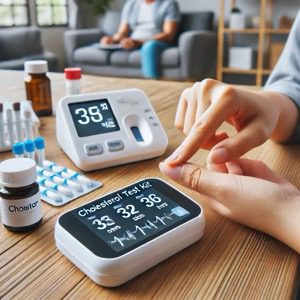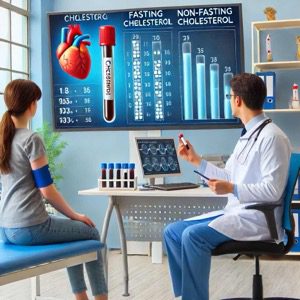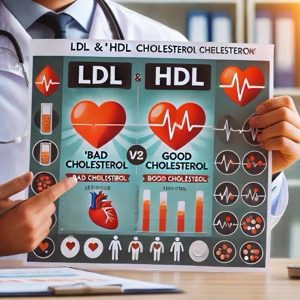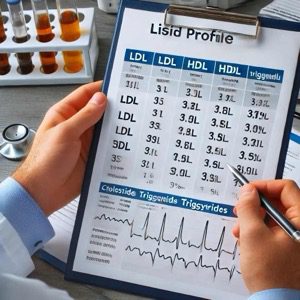Silent Symptoms of High Cholesterol – Answer 20 Quick Questions to Find Out?
🧪 Should You Take a Cholesterol Test? Find Out with This Quick Quiz High cholesterol is a silent danger. Most people don’t feel any symptoms until it’s too late.If you’re wondering whether to get a cholesterol test or just want to understand your heart health better — this quiz is a smart first step. 💡 What Is … Read more


